Ever thought about how the animal kingdom is teeming with sneaky little masterminds? From skilled impostors to cunning cheats, these creatures have evolved some truly jaw-dropping tricks to ensure they stay on top of the game. Forget what Disney taught you; not all critters are as innocent as they seem. Ready to dive into a world where lying, cheating, and manipulating are survival skills? Let’s start spilling the tea on these crafty animals.
1. Cuttlefish Gender Benders
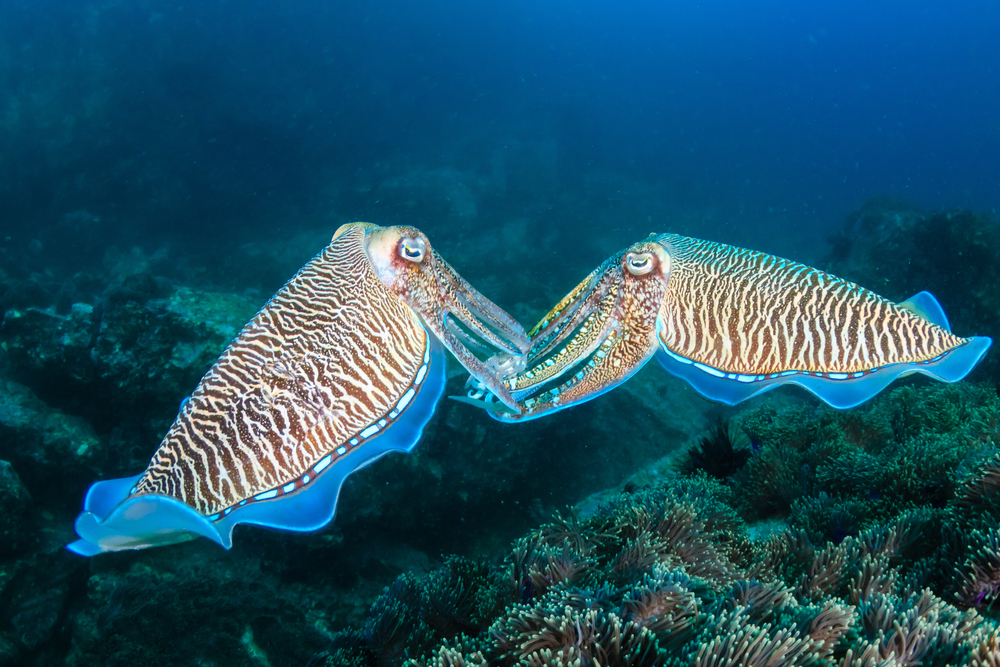
Cuttlefish are the ultimate masters of disguise, especially when it comes to outsmarting their rivals in love. When a male cuttlefish is trying to woo a female, he might find himself in a tricky situation if there are other males around. According to National Geographic, some male cuttlefish transform half of their body to look like a female, deceiving rival males while sneaking in for some romance. These crafty cephalopods don’t just rely on good looks; they use brains over brawn to win the mating game.
This gender-bending tactic allows smaller males to approach a female without attracting aggressive attention from larger males. It’s a clever way to bypass the usual fight-to-win scenario, letting them mate without bloodshed. This gender disguise is more than just a cool trick—it’s a testament to their intelligence and adaptability. By playing the role of both genders, these cuttlefish can survive and thrive under pressure.
2. The Cuckoo’s Parasitic Parenting
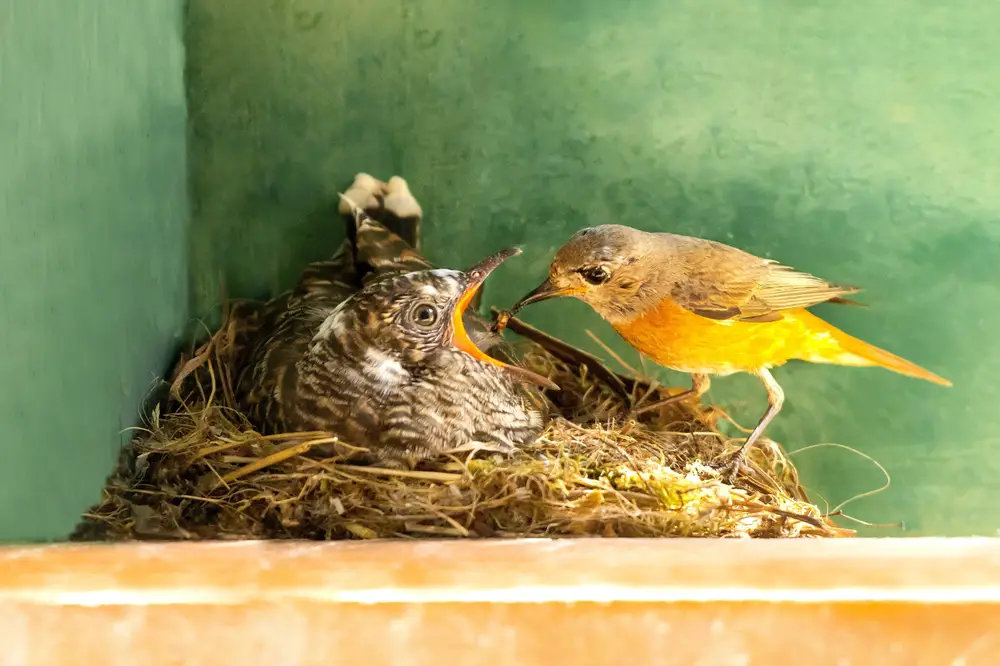
The cuckoo bird might seem just another feathered friend, but these birds take “using others” to a whole new level. Cuckoos are infamous for laying their eggs in the nests of unsuspecting host birds, tricking them into raising their offspring. As reported by BBC Earth, the cuckoo chick hatches quickly and often evicts its nest mates, ensuring all the food goes straight to its mouth. Talk about ruthless efficiency!
This form of brood parasitism doesn’t just give cuckoo parents a break—it gives their chicks a significant competitive advantage. The foster parents unknowingly invest their resources into the cuckoo chick’s well-being, even at the expense of their own young. This deceptive strategy ensures that cuckoos can spread their genes without the hassle of rearing their offspring. It’s a system that’s both sneaky and incredibly effective.
3. The Deceptive Drongo
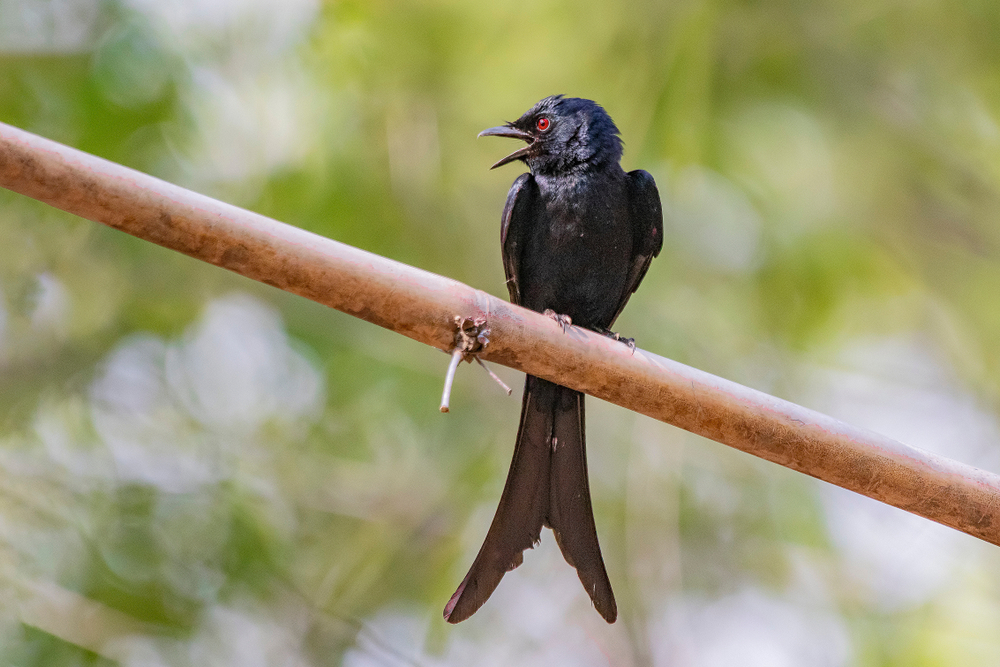
Let’s talk about the drongo, a bird known for its mimicking abilities that would make any ventriloquist jealous. These birds, native to Africa, have a knack for mimicking the alarm calls of other species, scaring them away from food. The drongo uses this trick to swoop in and snag a meal left behind by the startled animal. When you’re a drongo, stealing is just part of the menu.
This clever ruse allows the drongo to exploit the hard work of others, ensuring a steady buffet without lifting a claw. By imitating several alarm calls, they keep their strategy unpredictable, fooling their victims time and again. The drongo’s strategy demonstrates a high level of cognitive skill, showcasing that in the wild, intelligence often trumps brute force. It’s a case of brains over brawn in the most delicious way.
4. The Misleading Margay
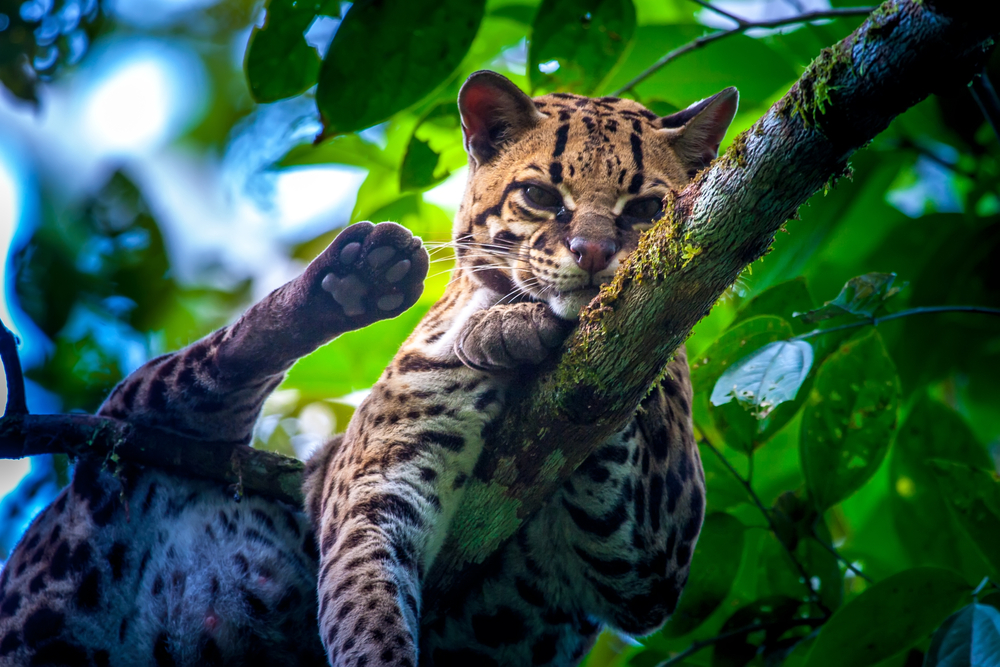
The margay, a wild cat from the dense rainforests of South America, is not just another pretty feline face. This cat has a unique hunting strategy: mimicking the calls of its prey. Margays have been observed imitating the calls of tamarin monkeys, luring them closer for an easy catch. It’s a wild twist on the classic cat-and-mouse game, where the cat is both predator and performer.
This ability to mimic is rare among cats, making the margay a unique player in the jungle. By tricking its prey into thinking there’s safety or company nearby, the margay secures a meal with minimal effort. This deceitful technique not only showcases its adaptability but also highlights the intricate balance of survival in the wild. The margay’s cleverness is a testament to the complex survival games played out in nature.
5. Sneaky Squirrels
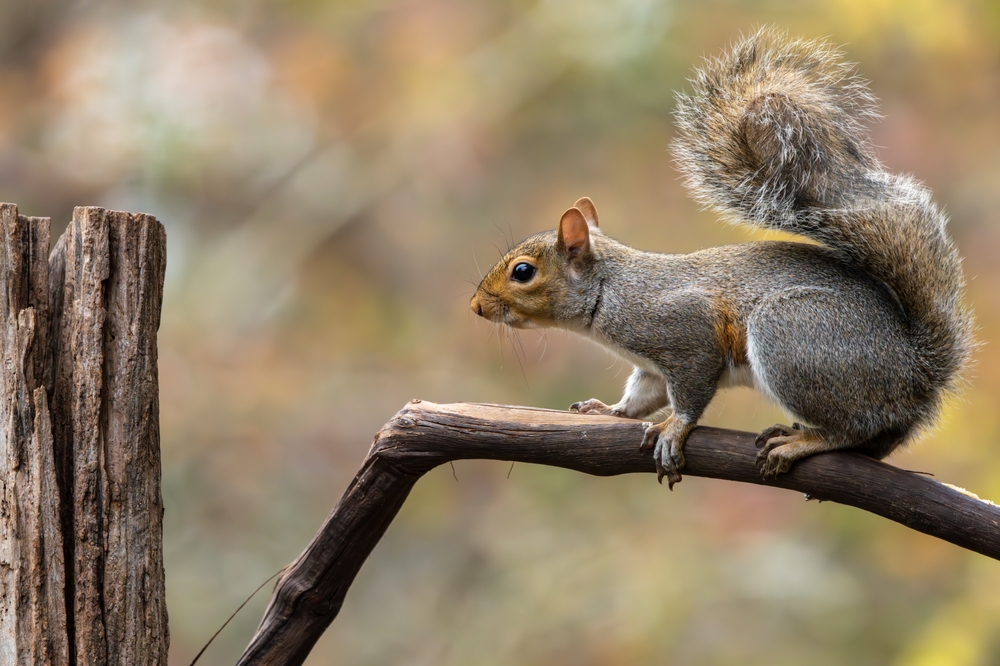
Squirrels might seem like harmless, nut-hoarding critters, but their survival tactics are anything but simple. These clever rodents engage in deceptive caching, where they pretend to bury nuts while actually stashing them elsewhere. Science Daily says this behavior confuses potential thieves, ensuring their food reserves remain untouched. It’s a classic case of misdirection worthy of any magic show.
This fake-burying act isn’t just for show; it’s a crucial survival strategy in a world where food can be scarce. By creating decoy caches, squirrels reduce the chances of their real stores being discovered by other animals. This sophisticated behavior demonstrates not only their intelligence but also their ability to adapt to threats from fellow squirrels and other nut-loving critters. It’s a testament to the saying: only the paranoid survive.
6. The Bluffing Bumblebee
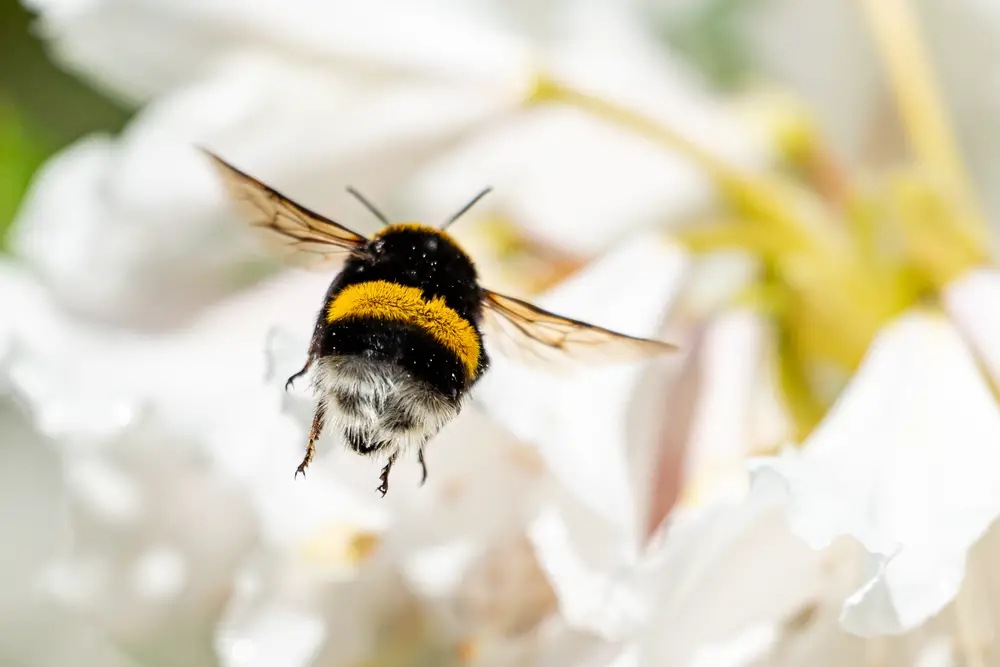
Bumblebees are known for their industrious nature, flitting from flower to flower, but did you know they also bluff their way through threats? When faced with danger, some bumblebees will imitate the buzzing sound of a wasp to deter predators. This clever act of acoustic mimicry is a simple yet effective way to avoid becoming someone’s snack. The bumblebee’s buzz is more than just a hum—it’s a lifesaver.
By pretending to be a more aggressive insect, bumblebees can continue their pollination duties without fear of being attacked. This strategy allows them to coexist peacefully with other creatures that might otherwise see them as an easy target. The art of bluffing in the bee world shows that sometimes a little noise can fend off the biggest troubles. It’s a sweet symphony of survival.
7. The Illusive Opossum

We’ve all heard the phrase “playing possum,” but have you ever wondered why opossums are such good actors? When threatened, these marsupials will flop over, stick out their tongues, and emit a foul odor to mimic the appearance and smell of a decaying animal. This dramatic act of feigning death is usually enough to deter predators looking for a fresh meal. In the opossum’s world, being a drama queen is a survival strategy.
This death act isn’t just a random ploy; it’s a sophisticated defense mechanism that can last for hours. By convincing predators they’re already dead and possibly diseased, opossums can escape threats without a fight. This clever ruse highlights their adaptability and resourcefulness in avoiding danger. For opossums, life is indeed a stage, and their performance is a matter of life and death.
8. The Clever Coral Reef Fish
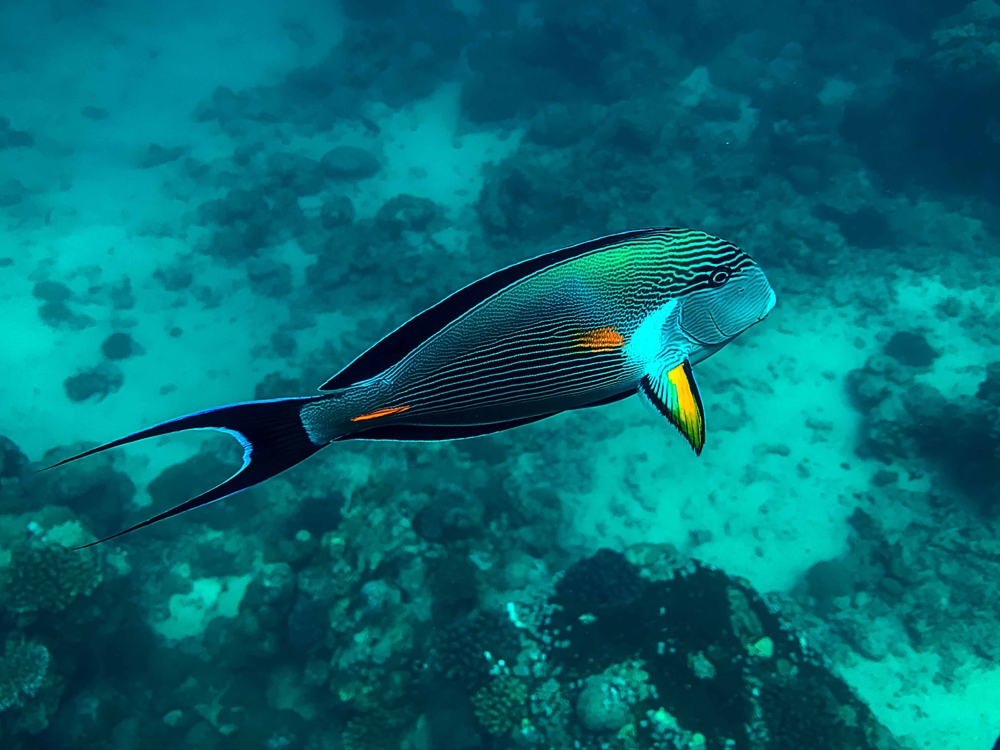
The coral reef fish community is a bustling hub of deception, especially when it comes to the cleaner wrasse. These small fish are known for tidying up their larger counterparts by picking off parasites. However, some wrasses take advantage of their role by biting their clients’ flesh instead. This breach of trust might sound risky, but it’s a calculated move in the fish’s survival playbook.
By occasionally sneaking in a bite of nutritious mucus, cleaner wrasses gain extra sustenance without much effort. While this deception can lead to retaliation, the potential reward often outweighs the risk. This behavior highlights the intricate relationships and survival tactics within the coral reef ecosystem. It’s a reminder that even in the ocean’s depths, nothing is truly as it seems.
9. The Misleading Mimic Octopus
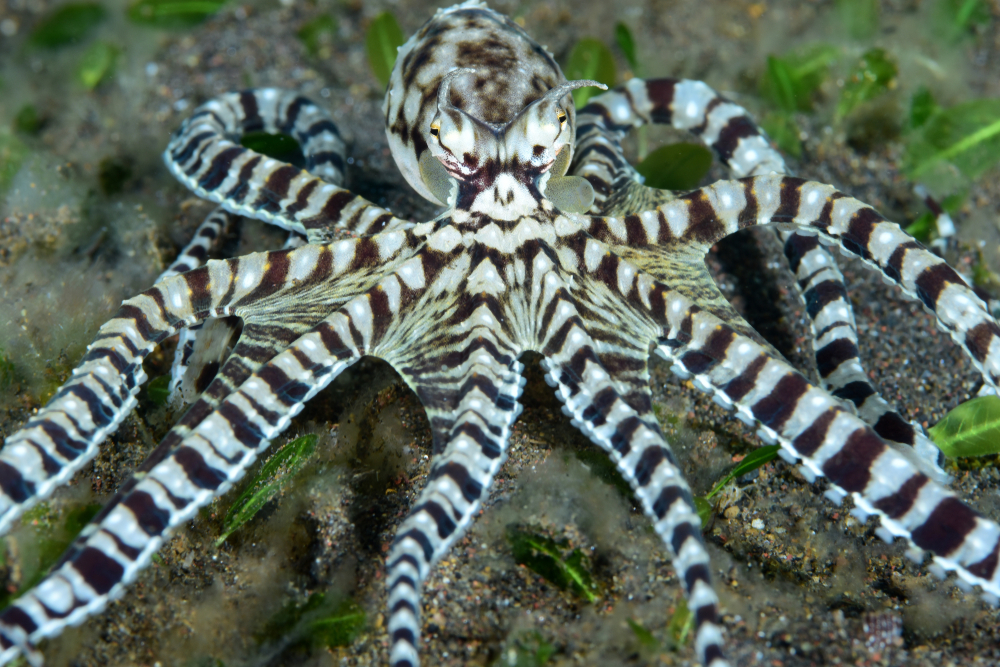
The mimic octopus is a true shapeshifter of the sea, taking deception to an entirely new level. This octopus can imitate the appearance and behavior of other marine animals, such as lionfish, flatfish, and sea snakes. Its ability to impersonate dangerous creatures is not only impressive but also a critical survival strategy. In the ocean’s dangerous depths, being a copycat can be lifesaving.
By changing its form and movements, the mimic octopus avoids predators by appearing as something deadly or unappetizing. This unique talent allows it to navigate treacherous waters with a degree of safety and cunning. The mimic octopus illustrates how imitation and innovation play vital roles in the survival game. It’s a testament to nature’s creativity and resourcefulness.
10. The Feigning Death Beetle
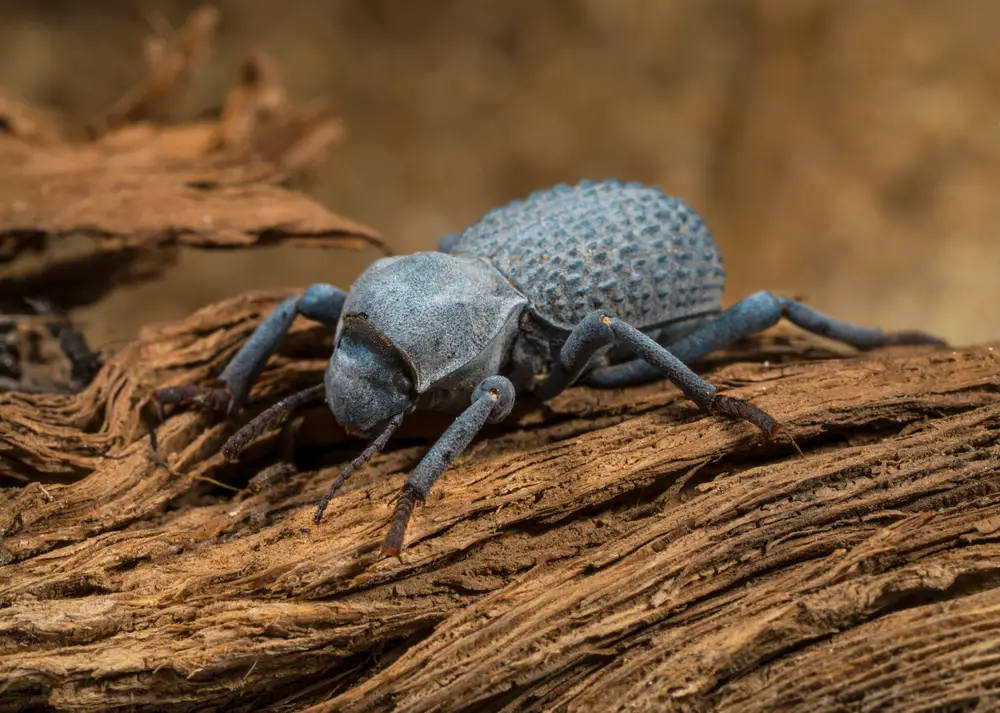
The feigning death beetle is yet another insect that uses theatrical skills to survive. When threatened, this beetle will drop to the ground and appear lifeless, a tactic that confuses predators looking for live prey. This act of playing dead is an instinctual response that can last several hours. The beetle’s performance is a classic example of survival through deception.
This death-feigning behavior is a simple yet effective way to avoid becoming a meal. By convincing predators that they’re no longer a tasty option, these beetles can escape predation without risking a fight. It’s a survival strategy that relies on timing and the predators’ disinterest in dead prey. Sometimes, doing nothing is the best way to stay alive.
11. The Sneaky Slime Mold
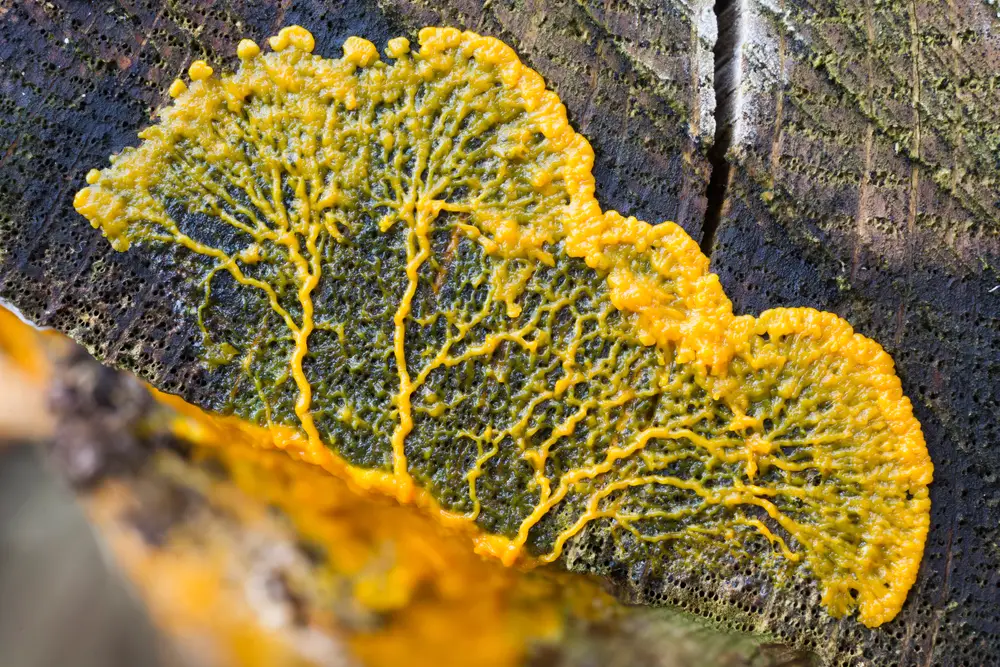
Slime molds might seem like just another part of the forest floor, but these organisms are remarkable decision-makers. When resources are scarce, slime molds come together to form a multicellular structure that can move to find food. This collective behavior is a strategic response to survival challenges. In the world of slime molds, teamwork is a sophisticated form of deception.
By collaborating, slime molds can explore their environment more efficiently and adapt to changing conditions. This ability to switch between single and multicellular forms allows them to thrive in various habitats. The slime mold’s adaptive strategy illustrates the complexity of survival tactics in the natural world. It’s a slimy testament to the power of cooperation and cunning.
12. The Tactical Tongue of the Alligator Snapping Turtle
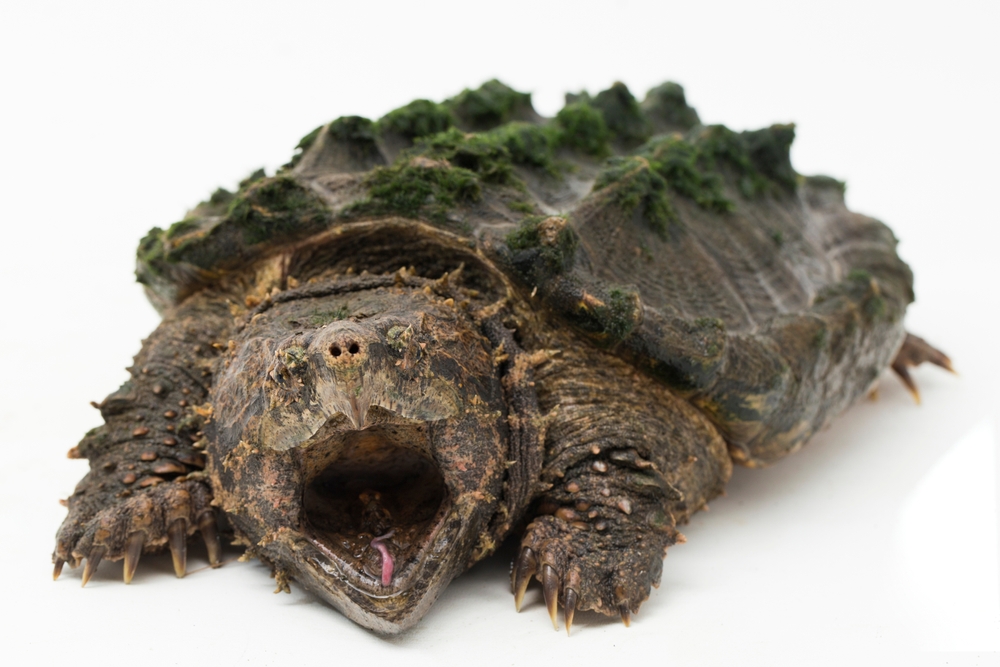
The alligator snapping turtle is a formidable predator, using its tongue as a cunning lure for unsuspecting fish. The turtle’s tongue mimics the appearance of a worm, attracting prey directly into its waiting jaws. This deceptive tactic requires patience and precision, making the snapping turtle a master of ambush. In the still waters of its habitat, the turtle’s tongue is its greatest weapon.
This strategy allows the turtle to conserve energy while ensuring a steady food supply. By using its tongue as bait, it turns the tables on its prey, making them unwitting participants in their downfall. The alligator snapping turtle’s cunning use of mimicry highlights the diverse strategies animals employ to survive. It’s a stark reminder that in the wild, appearances can be deceiving.
